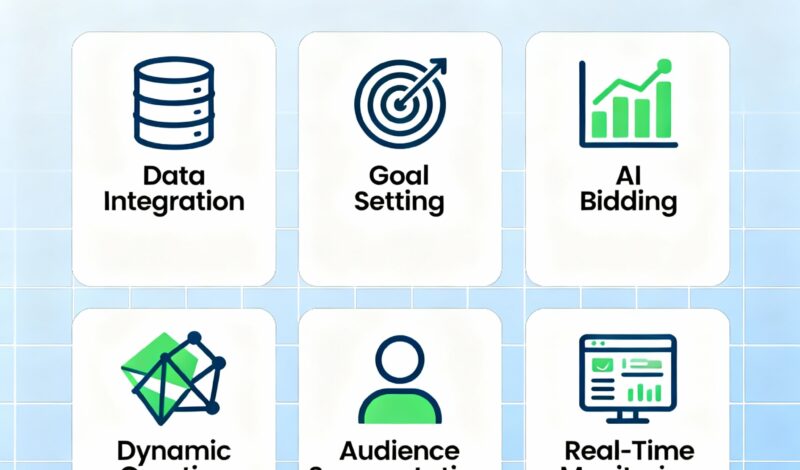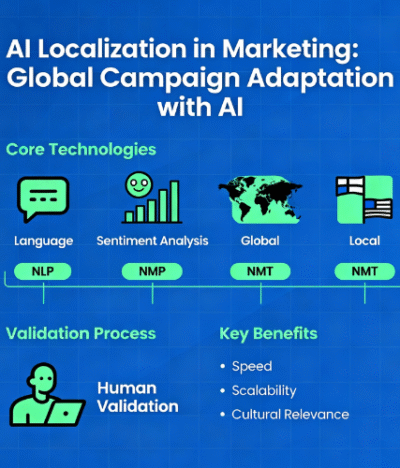Why AI Optimization Matters
In digital marketing, conditions change by the second: audience behavior shifts, competitors adjust bids, and engagement patterns evolve. AI campaign optimization helps marketers respond instantly, continuously monitoring campaigns and making real-time adjustments to improve results. Instead of static campaigns, marketers gain dynamic, data-driven control over budgets, targeting, and creatives.
Collect and Integrate Your Data
The first step is data integration:
- Gather performance metrics from all channels: search, social, display, and email.
- Include user behavior data such as clicks, conversions, and engagement.
- Ensure clean, high-quality data to feed AI models for accurate decisions.
Pro Tip: Use a centralized dashboard or CDP to unify your data — AI optimization works best with a complete view of campaigns.
Define Campaign Goals Clearly
AI needs specific objectives to optimize effectively:
- Increase conversions or revenue
- Reduce cost per acquisition (CPA)
- Improve click-through rate (CTR)
- Boost long-term customer value
Clear goals ensure the AI prioritizes adjustments aligned with business KPIs.
Implement AI-Powered Bidding
AI algorithms can automatically adjust bids to maximize ROI:
- Increase bids for high-value users or high-performing segments
- Decrease bids for low-engagement audiences
- Reallocate budget between channels and campaigns based on predicted performance
Tools like Google Performance Max, Meta Advantage+, or Albert AI manage these adjustments dynamically.
Dynamic Creative Optimization
AI optimization also tests and adapts creative assets in real time:
- Rotates headlines, images, videos, and CTAs based on audience response
- Continuously identifies top-performing creative combinations
- Delivers personalized content tailored to user segments
This ensures ads stay relevant, engaging, and effective across all touchpoints.
Continuous Audience Segmentation
AI constantly analyzes performance to refine audience targeting:
- Detects micro-segments showing high intent or engagement
- Adjusts campaigns to focus on high-value users
- Reduces spend on underperforming segments
Dynamic segmentation ensures every marketing dollar drives maximum ROI.
Real-Time Performance Monitoring
With AI optimization, marketers can:
- Track metrics like conversions, CPA, and ROAS live
- Receive actionable alerts for underperforming ads
- Adjust campaigns instantly without manual intervention
The result is smarter, faster decision-making and improved overall campaign performance.
Continuous Learning and Scaling
AI optimization doesn’t stop at one campaign:
- Learns from each iteration to improve future campaigns
- Scales successful strategies across multiple channels and regions
- Detects trends and predicts opportunities before competitors
Over time, AI becomes an integral part of marketing strategy, enabling sustained growth and efficiency.
Takeaway
AI optimization empowers marketers to run smarter, faster, and more profitable campaigns. By continuously analyzing data, adjusting bids, personalizing creatives, and refining audiences, brands can maximize ROI and stay ahead in a rapidly changing digital landscape.




